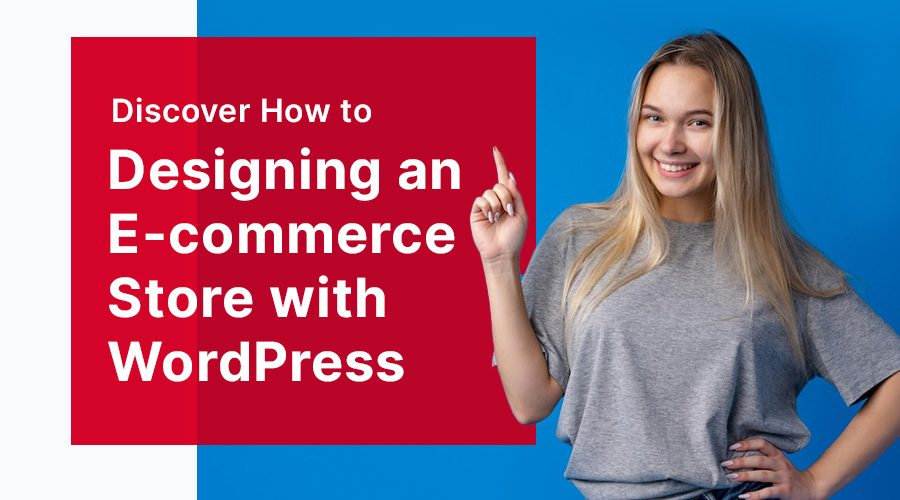Introduction
Setting up an e-commerce store can be a daunting task, right? You’re probably thinking about the design, the layout, the functionalities, and so much more. But what if I told you it’s not as intimidating as it sounds? Especially when you’re building it with WordPress, a platform that’s like your friendly neighborhood handyman, ever-ready to assist you.
Table of Contents
- Why Choose WordPress?
- Basics of Designing with WordPress
- Selecting the Right E-commerce Plugin
- Prioritizing User Experience
- SEO Optimization for Your E-commerce Store
Why Choose WordPress?
Think of WordPress as your canvas. A canvas that’s flexible, adaptable, and eager to carry out your every whim and fancy. The beauty of WordPress lies in its simplicity. Even a novice can master it with just a bit of practice. Now you might be wondering, why should I choose WordPress for my e-commerce store? Isn’t it just a blogging platform?
But hey, WordPress has come a long way. With its broad range of plugins and themes, it has transformed into an all-encompassing platform, providing solutions for every kind of website out there, including e-commerce. For instance, have you heard about WooCommerce? It’s one of the most popular e-commerce plugins available on WordPress, making online selling as easy as pie.
Basics of Designing with WordPress
Let’s get down to the basics, shall we? To design an effective e-commerce store, you need to focus on two main aspects: the theme and the layout. Consider the theme as your store’s outfit, which reflects its personality. But keep in mind, choosing a theme isn’t just about aesthetics. Functionality plays an equal role.
Always go for a responsive theme. Why, you ask? Well, because it ensures your website looks good on any device. And trust me, your customers will appreciate it. As for the layout, it should be intuitive and easy to navigate. Remember, a confused customer is a lost customer. So, keep it simple and neat!
Selecting the Right E-commerce Plugin
We’ve touched upon the importance of plugins, but how do you choose the right one for your store? It’s kind of like finding the perfect pair of shoes – you need a balance of comfort (functionality) and style (features). WooCommerce is the most widely used, but there are others like WP eCommerce, Easy Digital Downloads, and Ecwid.
Before you make a decision, ask yourself: What features do I need? Will the plugin integrate well with my chosen theme? Is it SEO-friendly? Can it handle future scaling? The answers will guide you towards your perfect fit.
Prioritizing User Experience
Your e-commerce store is like a virtual storefront. Just like how you’d ensure a pleasant experience for customers walking into a physical store, the same goes for your online store. So, what can you do to enhance user experience?
Well, first off, make sure your website loads fast. Nothing annoys a customer more than a website that takes forever to load. Second, ensure a smooth and secure checkout process. A complicated checkout process is akin to a long queue at a physical store – not a pleasant sight, right? Also, make your website easily navigable. A simple and clear navigation is like a well-organized store – everything is right where you expect it to be!
SEO Optimization for Your E-commerce Store
Do you want your e-commerce store to get lost in the sea of websites or be found by potential customers? I’m sure you want the latter. That’s where SEO comes in. SEO, or Search Engine Optimization, is your beacon in the vast sea of the internet.
Ensure you use the right keywords, create engaging meta descriptions, and optimize your images. WordPress plugins like Yoast SEO and All in One SEO can come to your rescue. Remember, SEO is not just about visibility, it’s also about credibility.
Conclusion
Designing an e-commerce store with WordPress might seem like a mountainous task, but with the right approach, it’s more like a walk in the park. And if you ever need professional help, remember Webnobby is always here to help you with their expertise in WordPress e-commerce solutions. After all, who doesn’t want a smooth, user-friendly, and successful online store?


